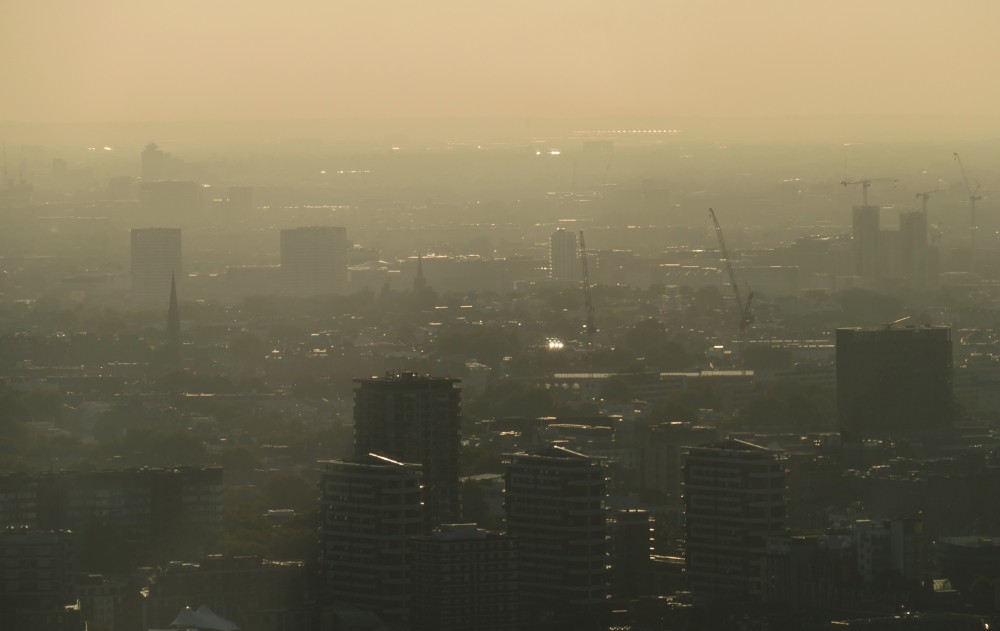Post
JOURNAL 2021: Health Matters
7 Jun 2021
Londoners must be empowered to determine the city’s impact on their health says PLP Architecture’s Hala El Akl
This article is taken from the 2021 edition of the Journal of the London Society. You can find out more about this year's Journal here. Or join the Society for just £10 and receive a free copy.
Evidence is growing fast of a link between the quality of Londoners’ living and working environments and their levels of health vulnerability. Covid-19 is revealing the link increasingly, as those living in cramped housing suffer worst from the pandemic. Meanwhile, it has been established that air pollution contributed to the death of a nine year old girl living in Lewisham. In December a Coroner’s Court found that air pollution ‘made a material contribution’ to the tragic death of Ella Adoo-Kissi-Debrah, who had asthma and lived near a busy road.
Londoners deserve to understand how the built environment affects their health – and be empowered to effect urgently-needed change. The first step in making London a healthier place to live is to raise awareness of the causal link between its built environment and its citizens’ physical and mental wellbeing. There is compelling historic evidence for a start. Consider the global cholera pandemic of 1846–1860. In Soho, an investigation by physician Dr John Snow identified that the lack of sanitary services was allowing the disease to spread. This led to improved internal plumbing and wider streets in London.
Today, partly because of Covid, London’s citizens, from front line workers and office occupiers to renters and homeowners, are becoming increasingly aware of the quality of their immediate environment and its direct impact on their livelihoods. Lockdowns have made each of us ask questions such as, is my home fit for purpose, is it more vulnerable, is my workplace safe and is public transport safe? Questions of good density versus bad density have also found their way back into the public discussion. This is compounded by a growing body of research showing some areas have clearly been more vulnerable than others, and there are direct correlations between built form and health, between built form and air quality, and between built form and wellbeing.
Taking pollution as an example, while the existence of a degree of physical impact might surprise few, the extent is shocking. A 2018 report led by King’s College London estimated that between 28,000 and 36,000 people will die in the UK as a result of toxic air pollution every year. Mental health impacts of poor quality environments have also been identified. Neuroscience researchers Centric Lab have found that stress responses are triggered by high levels of air and noise pollution. If the stress response is engaged continuously, the body begins to experience chronic stress and is unable to regulate itself. This increases the chances of illnesses such as depression, anxiety, obesity and diabetes.
To tackle these challenges we’ll need a multi-pronged approach, with urban designers and architects working alongside policy-makers, scientists and public health experts. But crucially, our best chance of far-reaching change is a movement that comes from the grassroots. For this reason, PLP Labs at PLP Architecture has teamed up with Centric Lab and design studio Comuzi to create a ‘toolkit’ for citizens to understand how, and where, they live is affecting their health and how to effect change to combat this.
The toolkit assists citizens to understand seven key areas: housing, biodiversity, mobility, nourishment, social spaces, governance and infrastructure. It offers practical steps to go about improving each area, whether that be changing your own behaviour, forming local groups or petitioning local authorities. The roles of city leaders and policymakers, as well as the real estate and design industries are clearly essential, and our joint project also aims to gather comprehensive data on the health of urban populations and how they are impacted by built environment factors.
This study, we hope, will inform London’s future urban design and planning, including the types of amenities we programme, the proximity between the services, mobility systems, access to green open space and levels of clustering. At a more granular level, built environment professionals could use a better understanding of the link between health and home to review residential models in view of the increased time we are spending at home. Health data can inform the design of the office environment too, supporting the safety of workers and their mental wellbeing.
Our research, data and toolkit on their own will not be enough to completely reverse the tide for London, nor will it prevent further tragic losses of life. But we hope these elements can help to raise awareness of the issues and be the starting point for reform. From here, a dialogue needs to develop between occupiers, end users, local authorities, developers, planners, architects and urban designers. These conversations, in turn, must inform development projects, for which impacts must be monitored with the data fed back into the conversation between an empowered citizen base of Londoners and an engaged built environment sector.
Hala El Akl is an architect, urban designer and planner. A director with PLP Architecture, she is interested in both the physical characteristics of a place and how planning, urban design, urban infrastructure and architecture can transform the urban experience and reshape contemporary culture.
